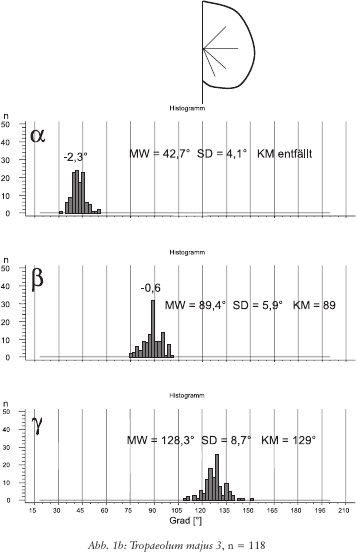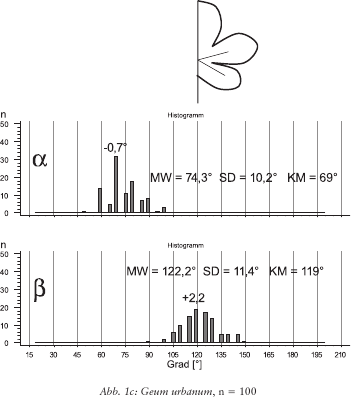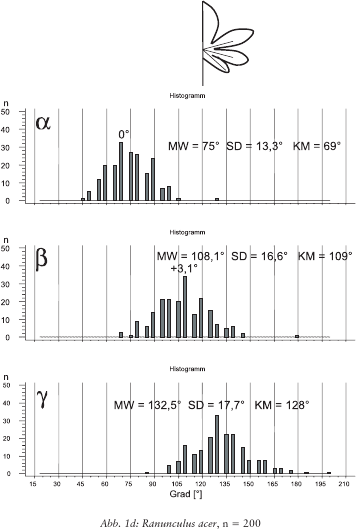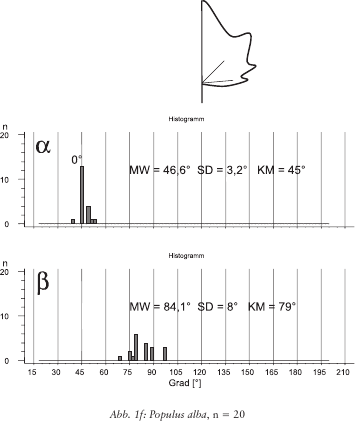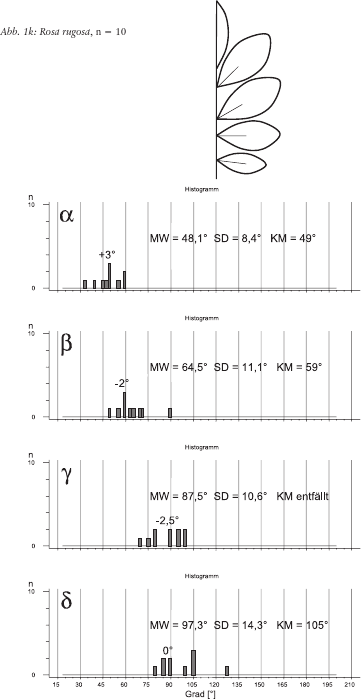Was ist ein Teilchen?
Elemente der Naturwissenschaft
93,
2010,
P.
5-72 |
DOI:
10.18756/edn.93.5
Article | Language: German | Open Access
Export Article Citation as
- Plain text
- BibTeX
- RIS format
- Download price : € 0.00
Abstract:
When Rudolf Steiner’s theory of knowledge and several of his indications on fundamental physical concepts such as space, time and velocity are used as the basis for judging the special theory of relativity, we can conclude that the theoretical foundation of relativistic quantum theory results in a completely different conception of the world from the current one. Thus the Dirac equation does not describe an electron or a hydrogen atom, but is an equation for the ether in Steiner’s sense.

